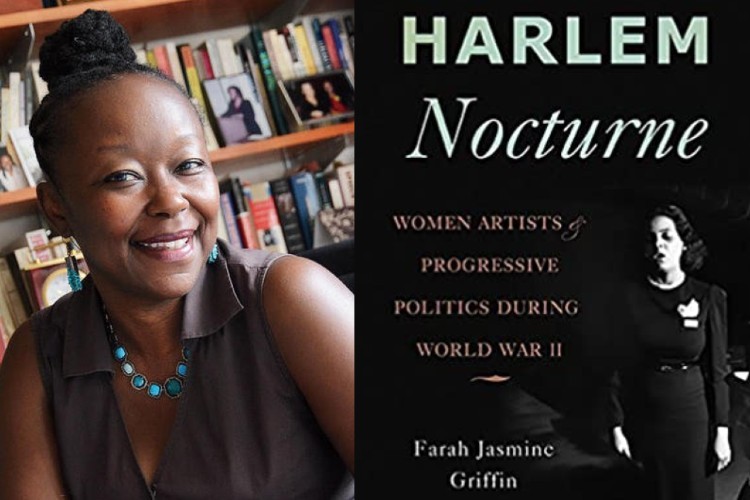When Farah Griffin asked her mother what she remembered about World War II, her response was, “All the handsome soldiers who drove the buses in Philadelphia.” Griffin, the William B. Ransford Professor of English, Comparative Literature and African American Studies, was perplexed. Then she thought, of course, she was a teenager, she remembers handsome young men! It was only while researching her new book set during the period, Harlem Nocturne: Women Artists and Progressive Politics During World War II, that Griffin put it all together: During the war, white transit workers went on strike over integration of their union, causing a nationwide uproar, and black soldiers were brought in by the federal government to drive the buses.
The 1940s have always held a special allure for Griffin, who grew up hearing “stories about the era that just made it very interesting to me, very glamorous and mysterious,” she says. While researching the book, she unearthed lots of evidence of the many anecdotes and stories her mom had shared. Griffin, whose previous works have focused on Billie Holiday and other jazz greats, says her mother has also always been one of her most important early readers. This was especially true in the case of Harlem Nocturne, which is dedicated to her mother.
